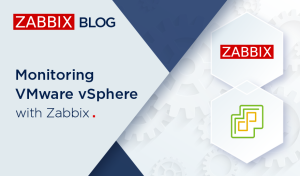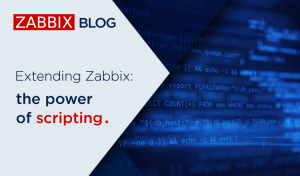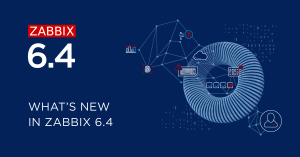
Tag: data collection


Solving Log Monitoring Challenges at SEB Bank
Giedrius Stasiulionis
January 9, 2025

Monitoring VMware vSphere with Zabbix
Mateusz Romaniuk
November 20, 2024

Case Study: Zabbix at the European Space Agency
Arturs Lontons
May 8, 2024

Extending Zabbix: the power of scripting
Giedrius Stasiulionis
February 29, 2024

The Zabbix Advantage for Business
Michael Kammer
September 27, 2023

What is Network Monitoring? Everything You Need to Know
Michael Kammer
September 7, 2023

Zabbix 6.4 is out now!
Arturs Lontons
March 7, 2023

Handy Tips #40: Simplify metric pattern matching by creating global regular expressions
Arturs Lontons
November 10, 2022

Simplifying Zabbix API workflows with named Zabbix API tokens
Arturs Lontons
November 11, 2021

Combining preprocessing with storing only trend data for high-frequency monitoring
Arturs Lontons
November 4, 2021

Monitoring MongoDB nodes and clusters with Zabbix
Dmitry Lambert
October 5, 2021